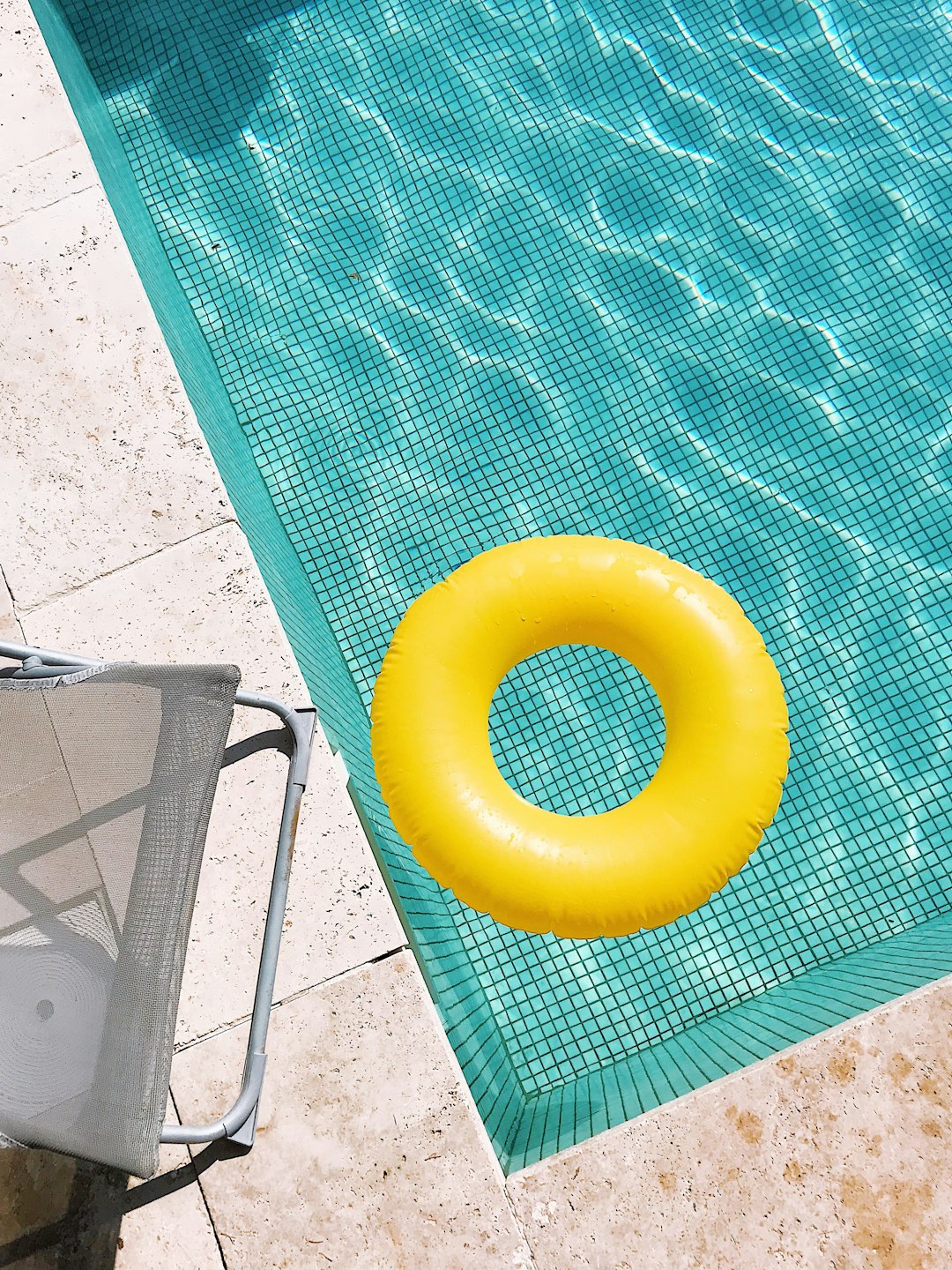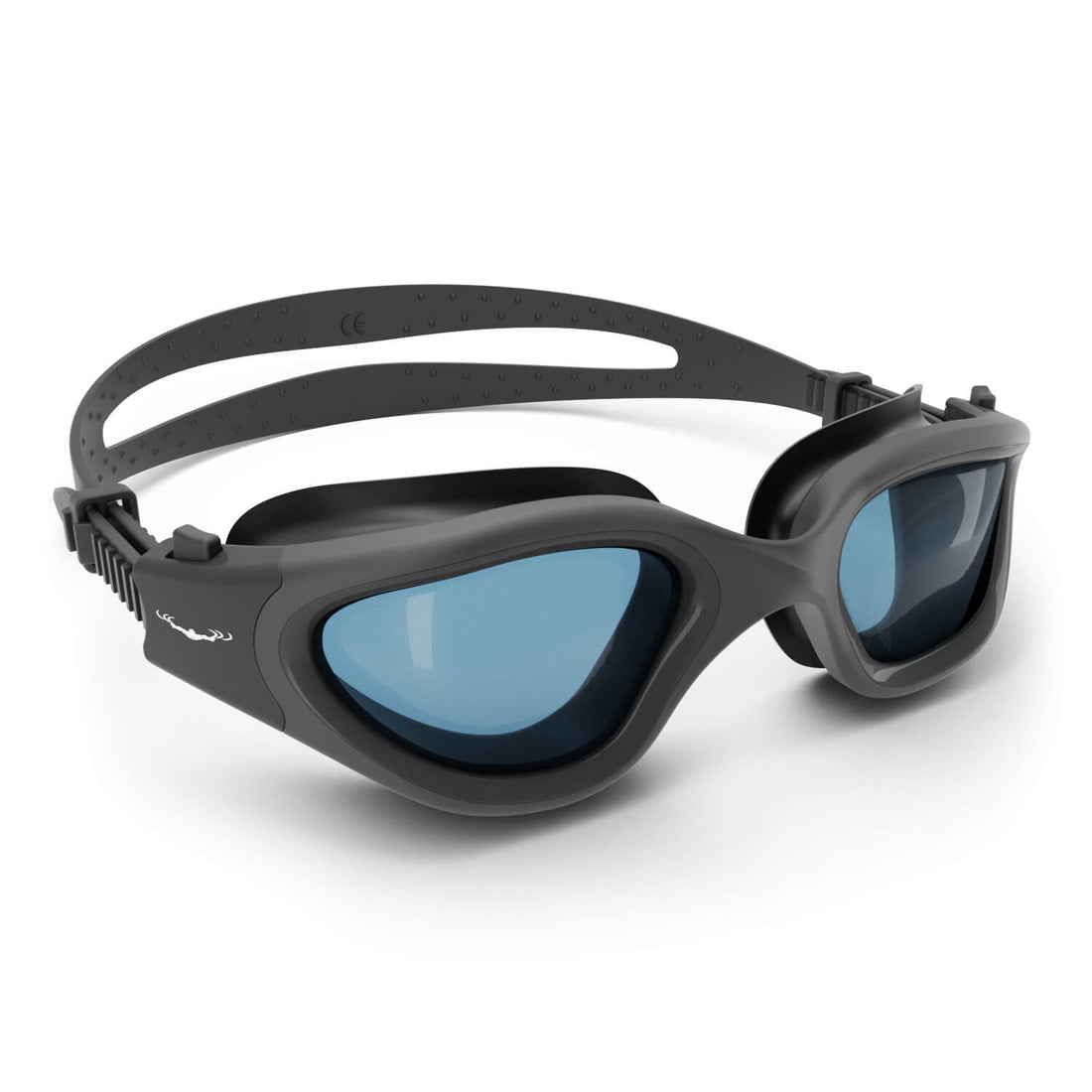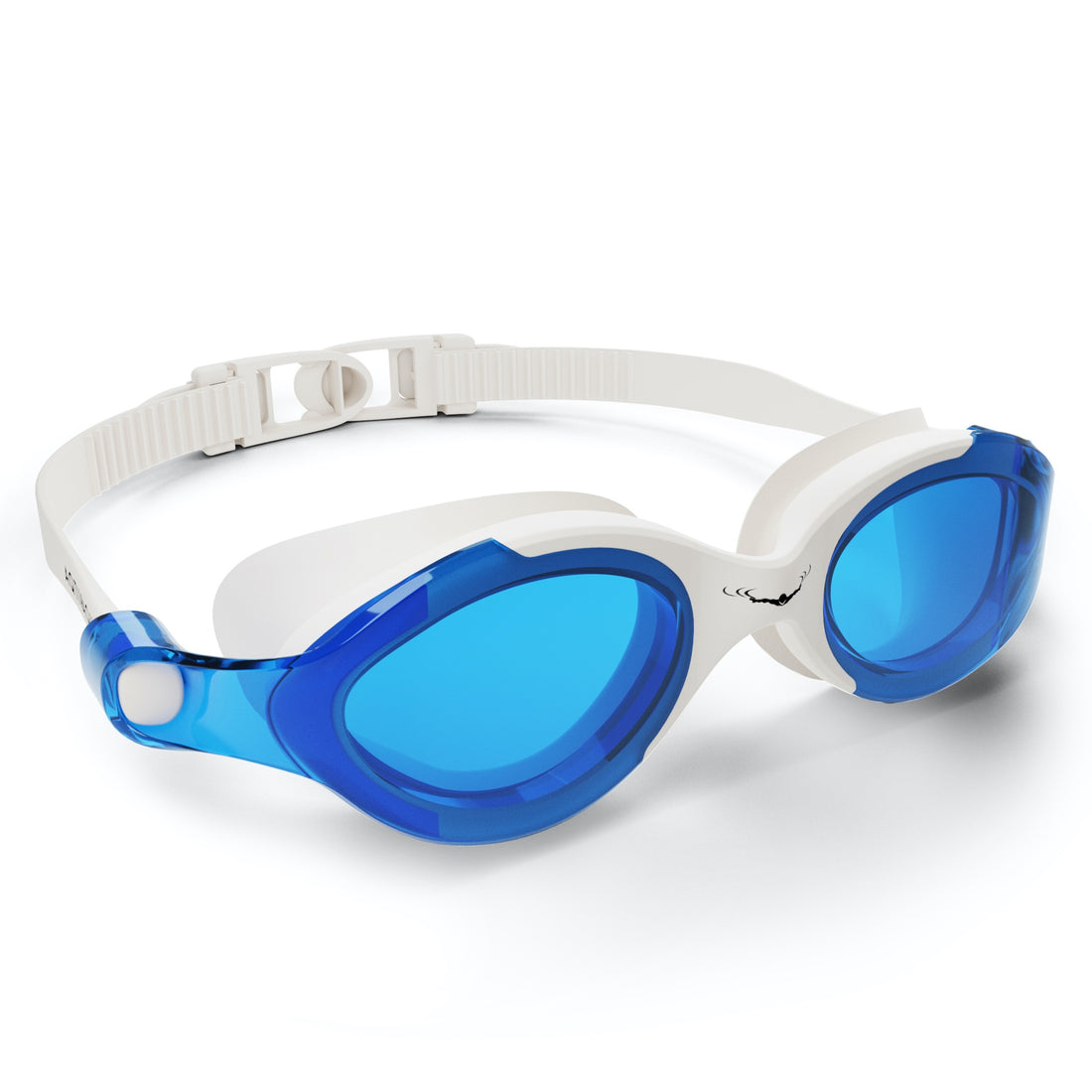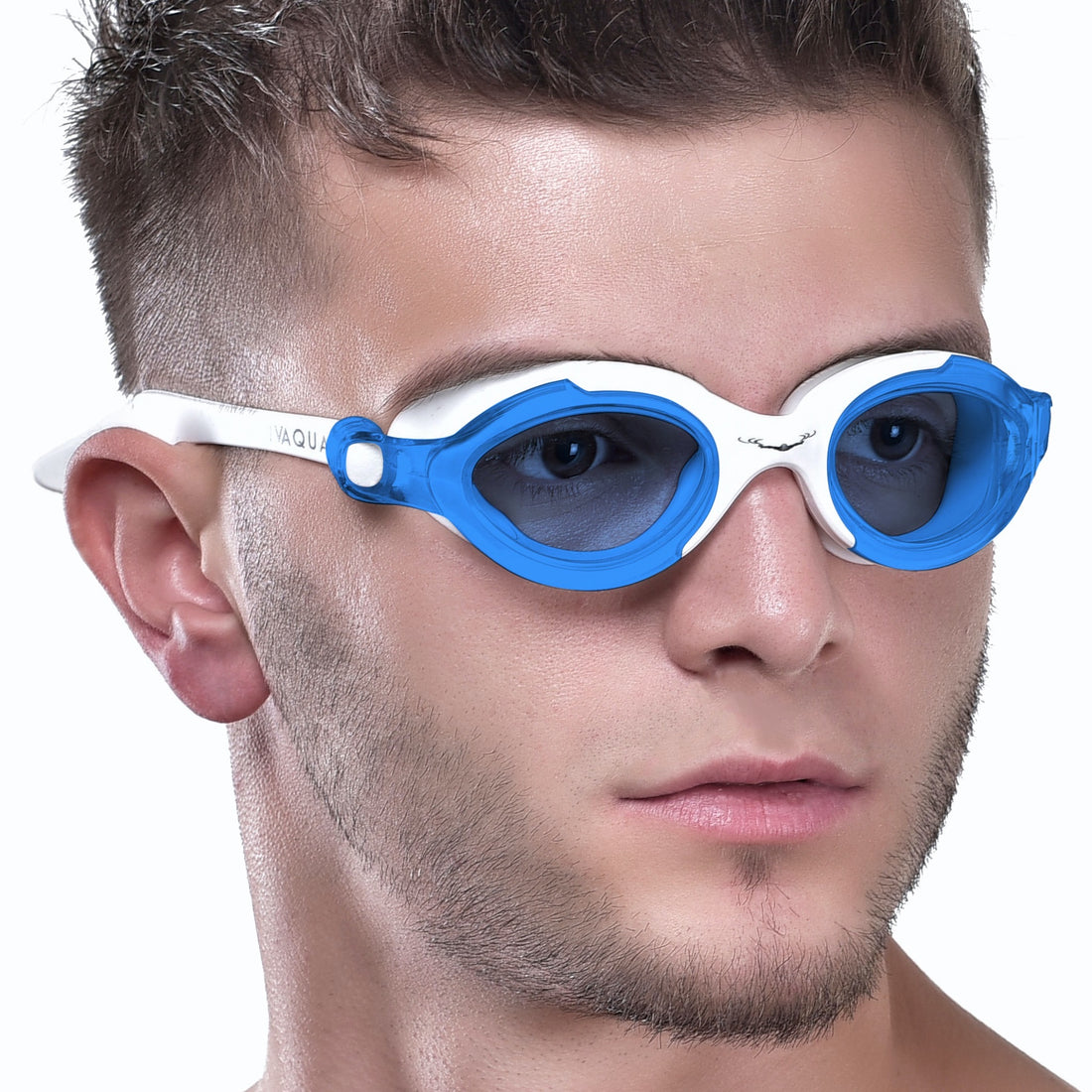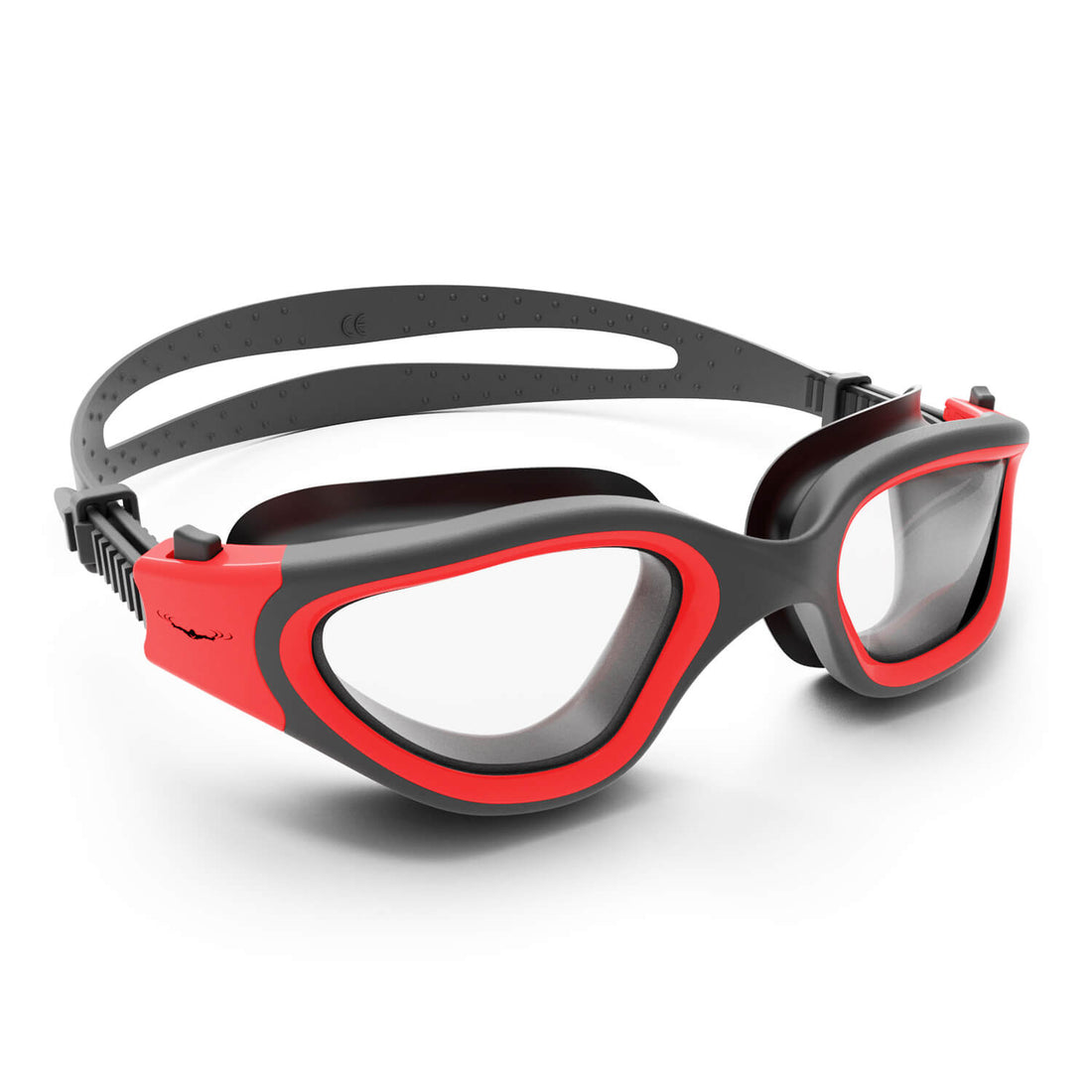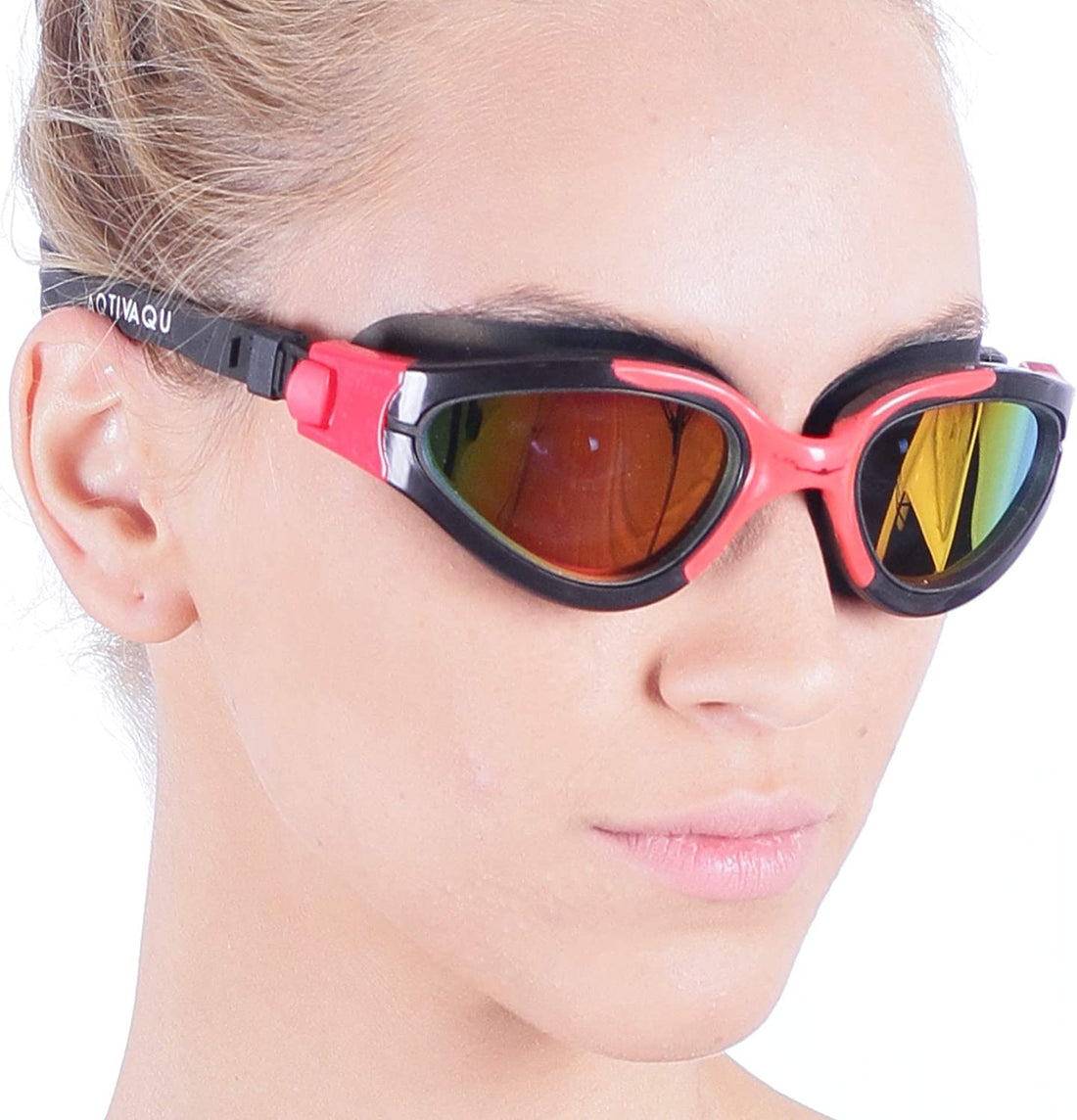Swimming is not just a sport; it is a perfect blend of finesse, strength, and physics. As swimmers glide through the water, they are constantly battling against two fundamental forces: drag and thrust. Understanding the principles behind these forces is crucial for athletes aiming to enhance their performance in the water.
The Basics of Drag
Drag, also known as resistance, is the force that acts against the swimmer's motion through the water. It is caused by the water's density and viscosity. When a swimmer moves forward, they have to overcome drag, much like a car moving against air resistance. The key to reducing drag is to streamline the body and eliminate any unnecessary resistance.
Streamlining Techniques
One of the most effective ways to reduce drag is to maintain a hydrodynamic body position. This involves keeping the body aligned in a straight line, with the head in line with the spine and the hips at the water's surface. By minimizing water resistance, swimmers can move more efficiently through the water.
Additionally, using appropriate swim gear such as swim goggles, swim caps, and swim ear bands can also help reduce drag. Swim goggles provide clear vision underwater, allowing swimmers to maintain their streamlined position without disruptions. Swim caps reduce drag by smoothing out the hair's surface, while swim ear bands prevent water from entering the ears, further optimizing the swimmer's hydrodynamics.
The Power of Thrust
Thrust is the propulsive force that pushes the swimmer forward through the water. It is generated by the swimmer's movements, particularly the arm strokes and kicks. To maximize thrust, swimmers must focus on their technique and efficiency in the water.
Effective Techniques for Generating Thrust
One of the most crucial aspects of generating thrust is mastering the underwater arm pull. By pulling the arm back in a circular motion, swimmers can push against the water and propel themselves forward. It is essential to maintain a strong and consistent pull to optimize thrust production.
In addition to the arm pull, the flutter kick plays a significant role in generating thrust. The rapid, rhythmic motion of the legs creates propulsion and helps propel the swimmer forward. Coordinating the arm strokes with the flutter kick ensures that the swimmer's movements are synchronized and efficient.
Finding the Balance
While drag and thrust may seem like opposing forces, finding the perfect balance between the two is the key to achieving optimal performance in swimming. Swimmers must work on minimizing drag through proper technique and streamlined body positioning, while simultaneously maximizing thrust through powerful and efficient movements.
Enhancing Performance with Protective Cases
When it comes to swim gear, protecting your equipment is as crucial as perfecting your stroke. Investing in a high-quality protective case for your swim goggles, swim caps, and other accessories can ensure that they remain in top condition, ready for your next training session or competition.
Whether you are a competitive swimmer or a recreational enthusiast, understanding the physics of swimming can help you unlock your full potential in the water. By mastering the principles of drag and thrust and implementing proper techniques and gear, you can take your swimming to the next level and glide through the water with precision and efficiency.
So, dive into the world of swimming physics, harness the forces of drag and thrust, and propel yourself towards your aquatic goals with confidence and skill.


